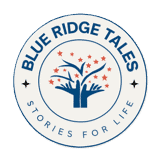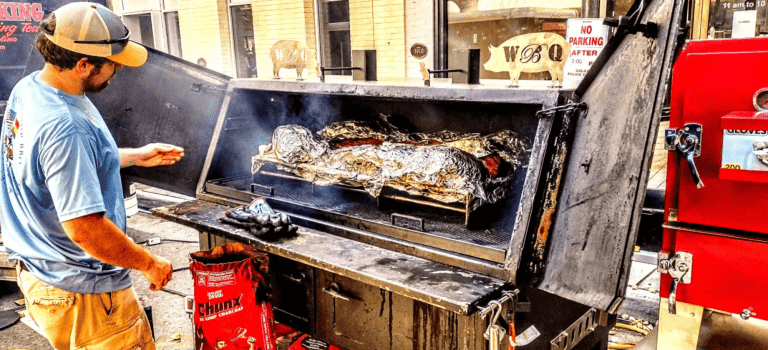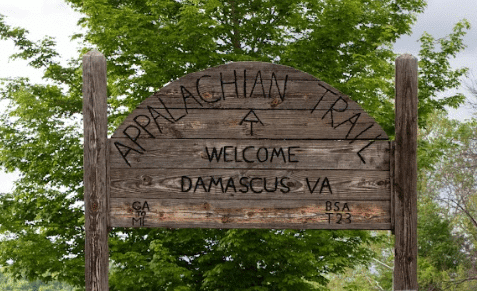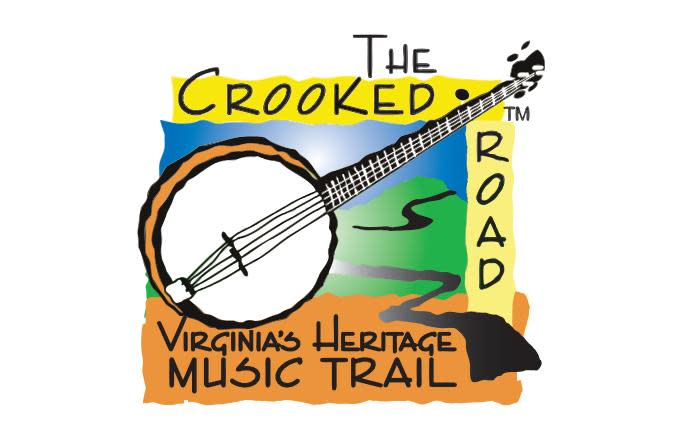From Thread to Trail: The Rebirth of Fries, Virginia
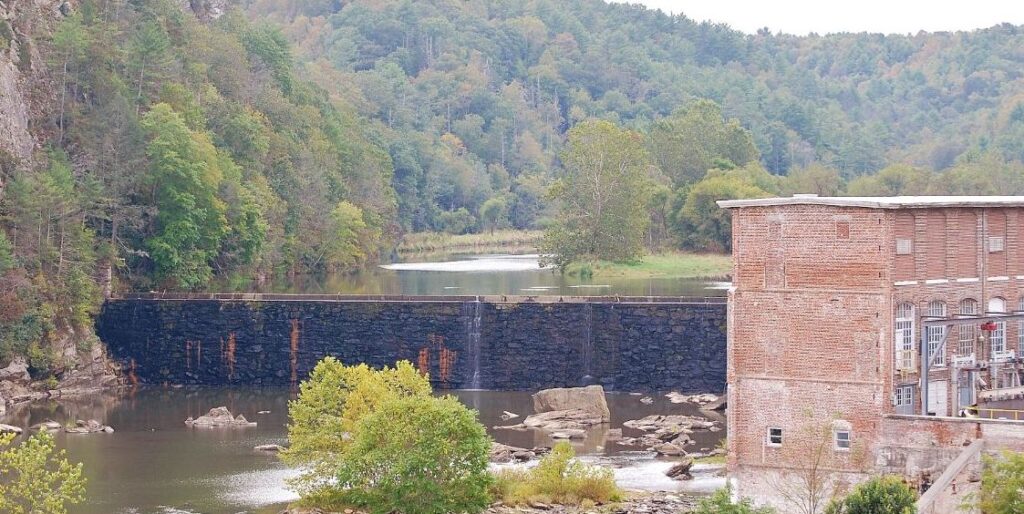
It’s a quiet morning in Fries, Virginia, and the New River is doing what it’s always done—slipping past the banks with ageless calm. The cotton mill that gave the town its name and purpose is long gone, but you’d swear you can still hear the echoes. Not of the looms—they stopped decades ago—but of something softer: hikers crunching gravel on the trail, fiddlers warming up under a festival tent, a fisherman casting where the water’s just a little deeper near the bend.
Fries, VA, isn’t the kind of place you pass through by accident. It doesn’t sit on the way to somewhere bigger, flashier, or more tourist-friendly. You have to mean to come here, which is just how the locals like it. It was that way even back when the town first appeared—planned and built around a single structure: the Washington Mill. The whole place was spun from thread, quite literally.
The story goes that Col. Francis Henry Fries (rhymes with “freeze”) had a vision: a self-sufficient village with homes, churches, schools, and storefronts, all orbiting a cotton mill powered by the New River’s steady flow. Families moved in when the mill opened in 1903, and Fries, Virginia, got to work. And when I say work, I mean 12-hour shifts, six days a week. You knew the start of your day by the mill whistle and the end by the ache in your bones. But the town was alive—buzzing with porch gossip, Sunday dinners, and the kind of music that floats from open windows and lingers in your memory.
For a long time, Fries spun more than yarn. It spun families. Generations wove their stories into the mill’s rhythm. Kids rode their bikes down to the river, then grew up and found jobs behind the spinning frames. Weddings, funerals, graduations—all happened in the shadow of that giant red-brick mill. Even the school mascot, the Spinners, paid tribute to the town’s pulse.
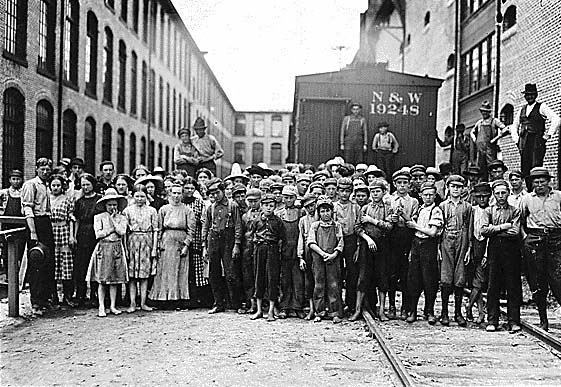
But nothing stays the same forever. By the 1980s, the mill was on borrowed time. Cheaper labor overseas, new machines, a changing world—all caught up to Fries. When the mill shut down in 1989, it was more than a loss of income. It was like someone turned off the lights and shut the door.
For a while, Fries, VA, felt quiet in the wrong kind of way. The kind that lingers in abandoned storefronts and makes the air feel heavier than it should. Families moved away. Some folks stayed and waited, unsure of what would come next. But if there’s one thing mountain towns know how to do, it’s endure.
The New River kept flowing. And eventually, the trail came.
In the early ’90s, the old rail line that had once carried finished yarn and raw cotton was repurposed into the New River Trail State Park, a 57-mile scenic pathway winding along the water. It didn’t happen overnight, but Fries started to reinvent itself step by step. What used to be a shipping corridor turned into a walking path. What used to be a factory town became a trailhead for adventure.
These days, Fries, Virginia, still carries its history, but it’s no longer weighed down by it. The frame of the old mill is gone—no stack, no spinning rooms—but the bones of the town are strong. A visitor strolling along the river might not know they’re walking across a landscape once filled with textile dust and the clatter of looms. But they’ll hear something else: drifting bluegrass tunes, laughter from kids skipping rocks, and the rhythmic click of a cyclist’s gears.
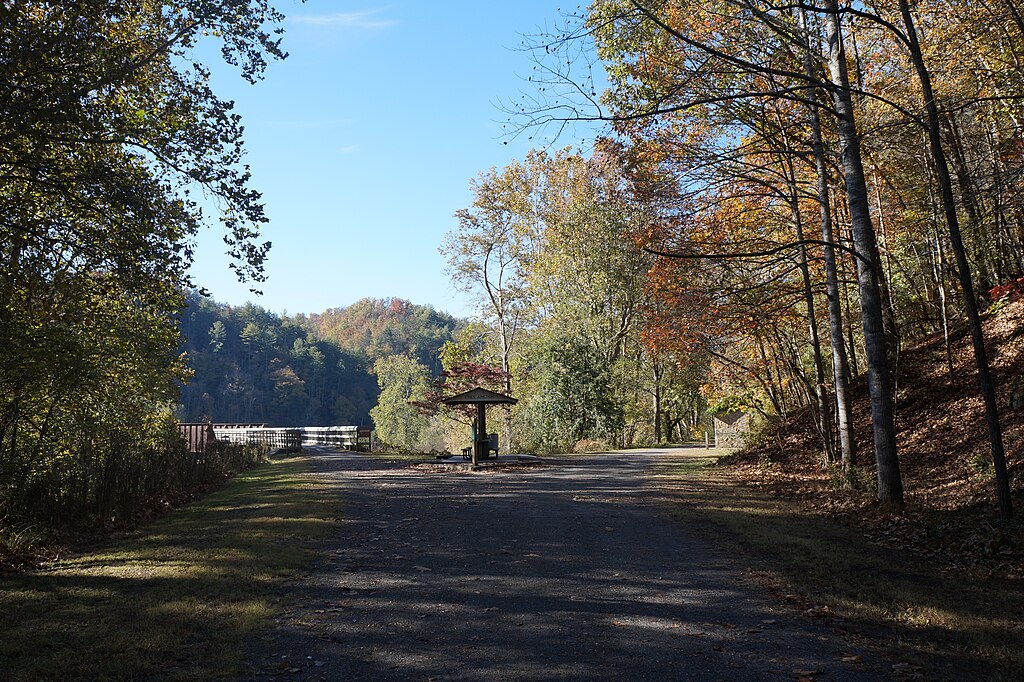
And the people of Fries? They’re still here. They host music festivals that honor the region’s deep roots. They run shops and cabins and bakeries, serve up Southern food with side orders of stories. Some are descendants of mill workers, and others came for the river and stayed for the quiet magic that seems to settle over the town like morning mist.
Fries, VA, isn’t trying to be anything it’s not. It’s not chasing big development or glossy brochures. It’s just doing what it’s always done—working with what it has, taking care of its people, and keeping its soul intact. The threads may be gone, but the trail runs right through the heart of town, and that path—like the river—keeps moving forward.
So, if you find yourself in Fries, Virginia, take the detour. Stay a while. Walk the trail. Listen closely. You might not hear the hum of a cotton mill anymore, but you’ll hear something better: a town still telling its story.
More Blue Ridge Travel
Find more travel stories, routes, and small-town stops on the Blue Ridge Travel page.
View the Blue Ridge Travel Collection here
Enjoying Blue Ridge Tales? I hope so. If you’d like to help keep the site ad-free and the stories rolling, you can buy me a coffee.
To stay connected, subscribe to my Blue Ridge Tales newsletter, and have stories and updates delivered once a month to your inbox.
